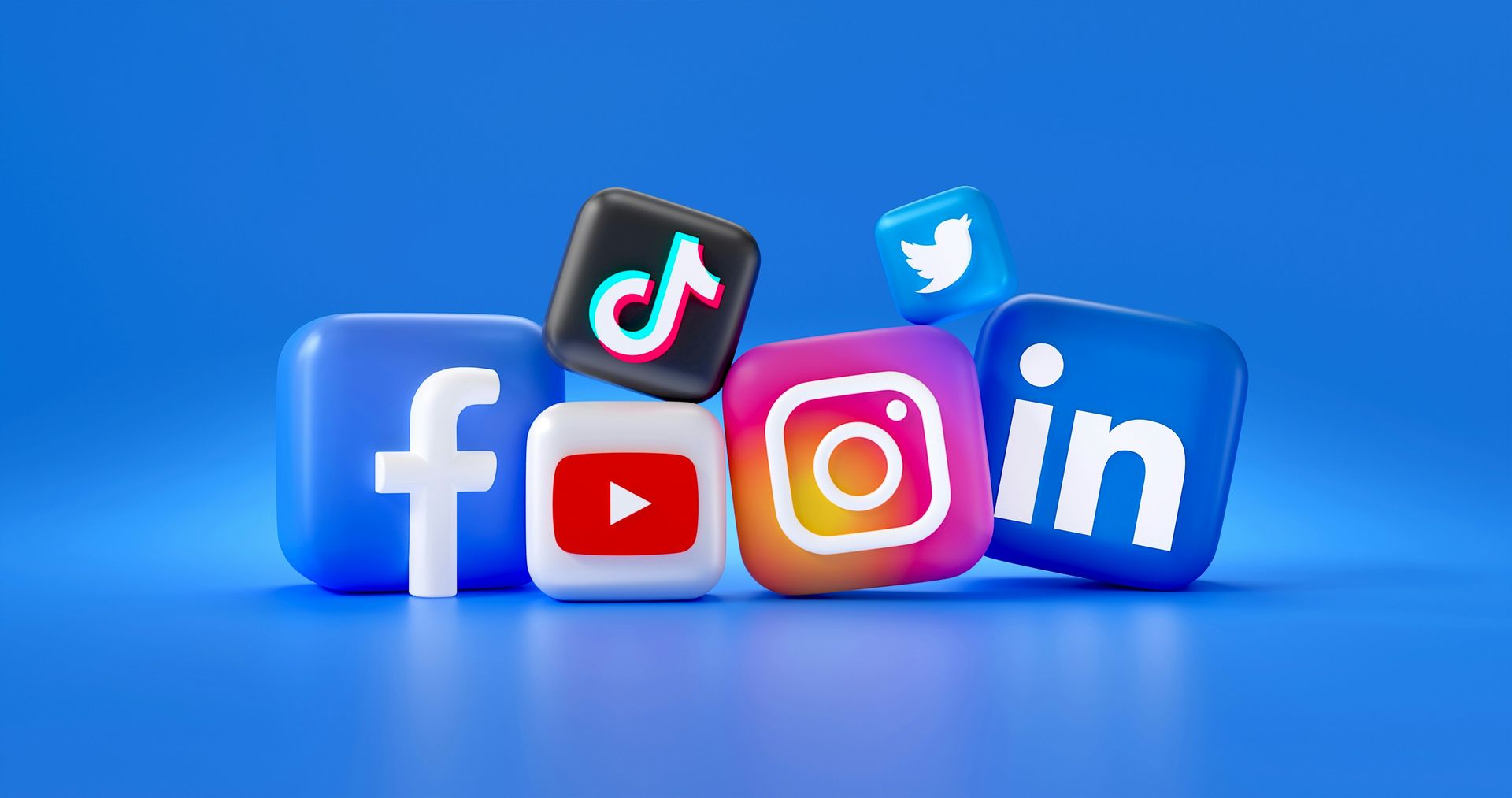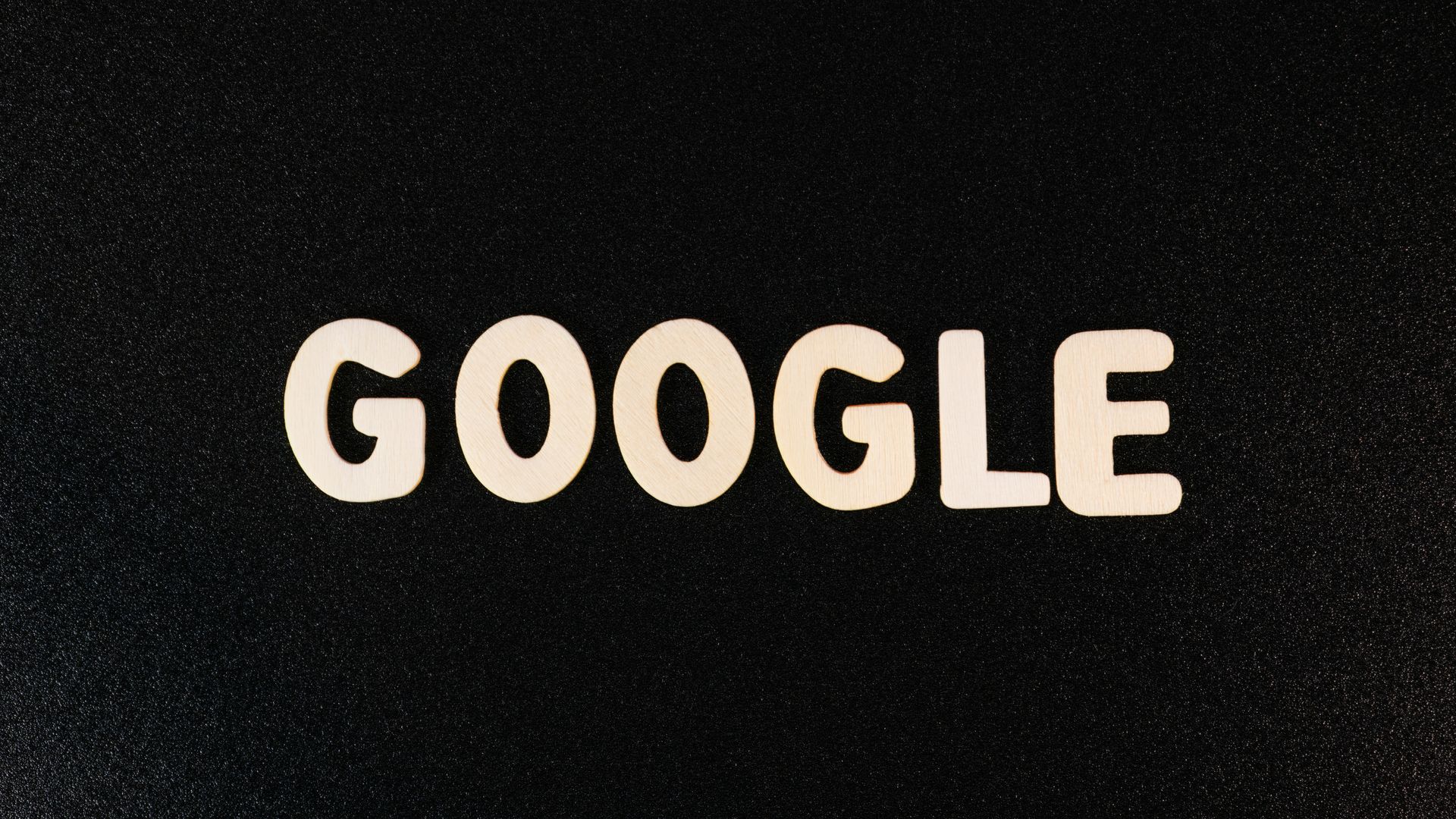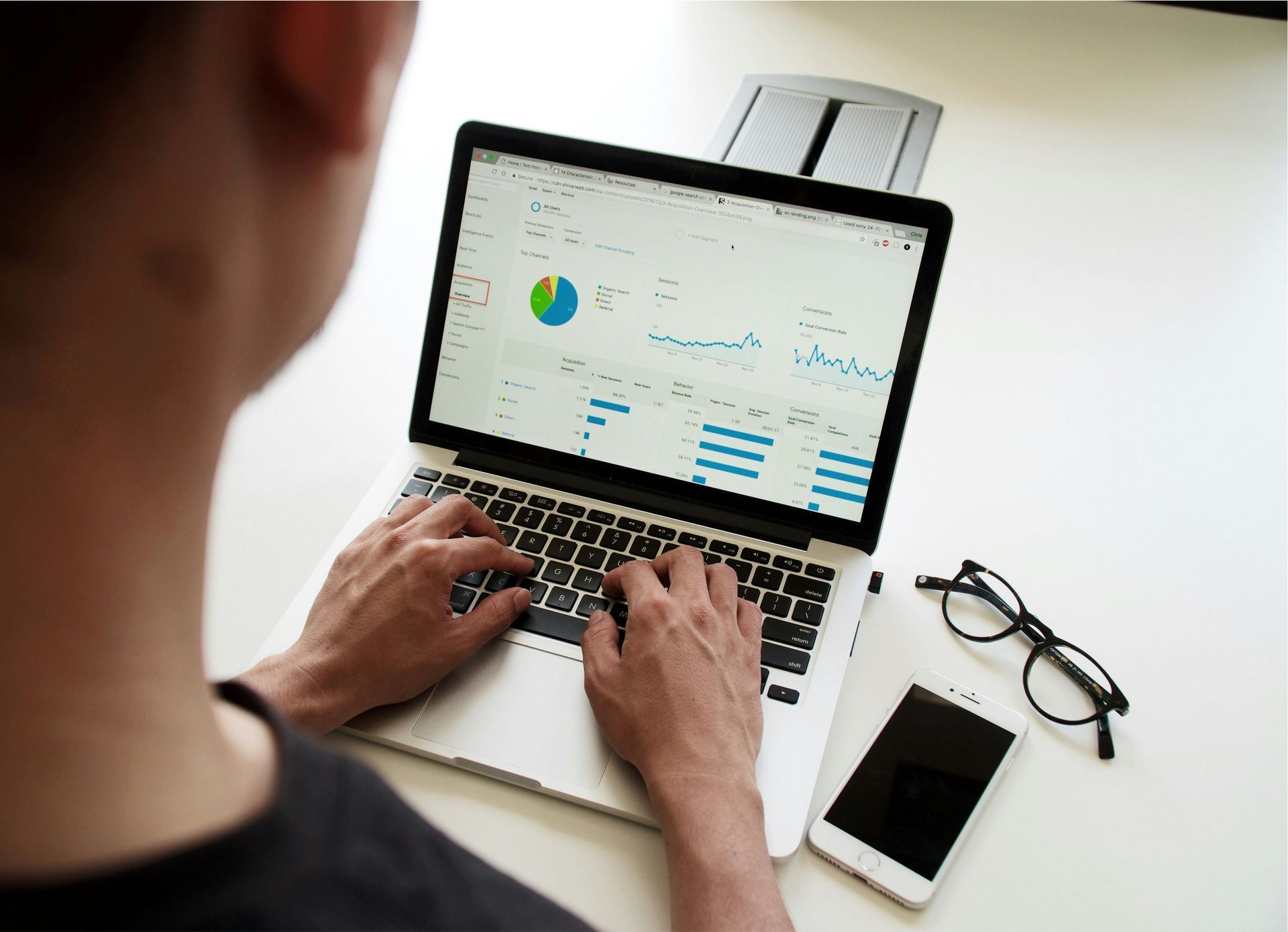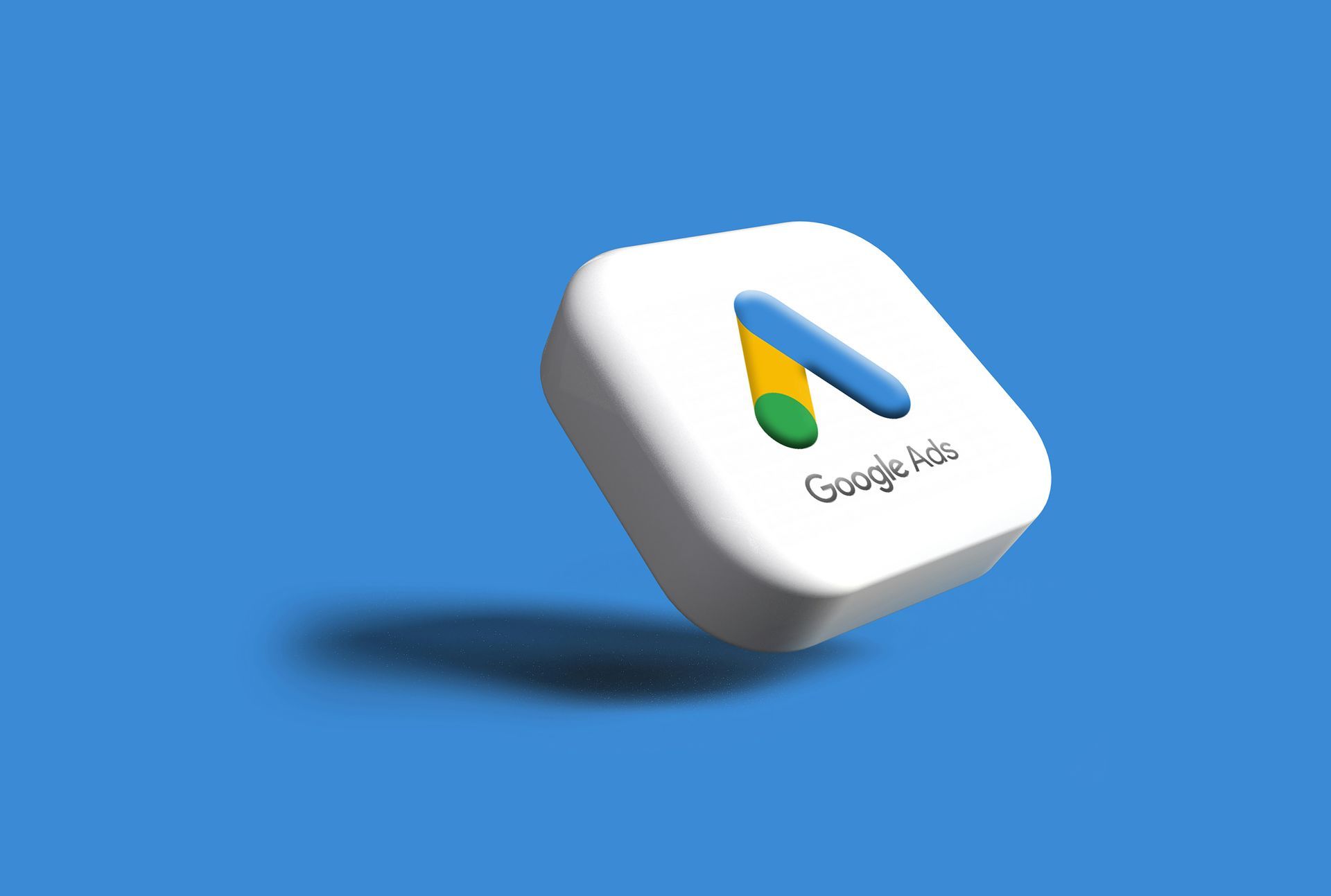How to Set Up a Successful Google Ads Campaign in 2025 – Everything You Need to Know
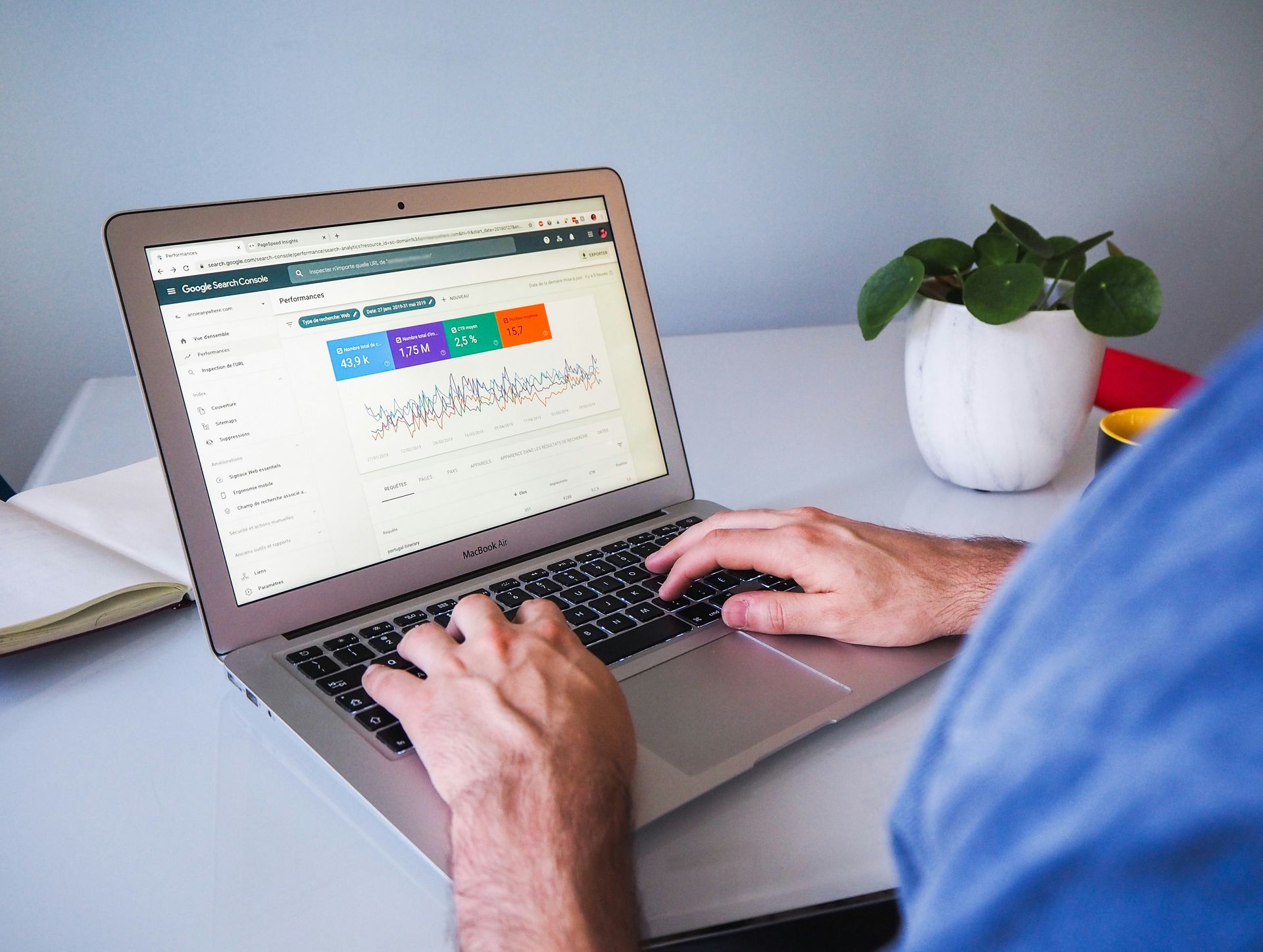
In the fast-paced world of digital marketing, Google Ads continues to be one of the most powerful tools for driving targeted traffic, generating leads, and increasing sales. But with Google’s ever-evolving AI, automation, and audience targeting features, setting up a Google Ads campaign in 2025 requires a smarter, more strategic approach than ever before.
Whether you’re a small business owner, marketing professional, or entrepreneur looking to scale, this Google Ads guide will walk you through everything you need to know to create a high-performing campaign that delivers real results.
Understand How Google Ads Works in 2025
Before diving into the setup, it’s important to understand what has changed in Google Ads 2025. While the fundamentals remain the same—bidding on keywords to show ads to users searching for your product or service—Google has doubled down on AI automation, Performance Max campaigns, and privacy-first data.
The days of purely manual bidding and keyword micromanagement are fading. In 2025, success depends on how well you can train Google’s machine learning systems with quality inputs: strong ad creatives, accurate conversion tracking, and well-defined audience signals.
Define Clear Goals and KPIs
Every great campaign starts with clear objectives. Ask yourself:
- Do you want more website traffic?
- Are you looking to generate leads or sales?
- Do you need to increase brand awareness or app installs?
Google Ads allows you to select a campaign goal right from the start—such as Sales, Leads, Website Traffic, or Brand Awareness—which helps Google optimize for your chosen outcomes.
Once your goal is set, define your key performance indicators (KPIs). For example:
- Cost per lead (CPL) for lead generation campaigns
- Return on ad spend (ROAS) for eCommerce
- Click-through rate (CTR) and impression share for brand awareness
These benchmarks will guide your optimization efforts and help you measure success effectively.
Conduct Smart Keyword and Audience Research
Keywords are still the backbone of any Google Ads campaign in 2025, but audience targeting has become equally important.
Start with keyword research using tools like Google Keyword Planner or SEMrush. Look for a mix of:
- High-intent keywords (e.g., “buy electric bike online”)
- Informational keywords (e.g., “best electric bikes 2025”)
- Long-tail keywords with less competition but strong intent
At the same time, build your audience segments. Google now lets you target users based on their search behavior, interests, purchase intent, and even life events. Combining keywords with audience targeting gives you a competitive edge.
Choose the Right Campaign Type
Google offers several campaign types, and choosing the right one is crucial for success. In 2025, the most popular and effective types include:
- Performance Max (PMax) – Uses AI to show your ads across all Google channels (Search, YouTube, Display, Discover, Gmail, Maps) using automated targeting and bidding.
- Search Campaigns – Ideal for direct intent searches. Best for businesses looking for immediate conversions.
- Display Campaigns – Great for remarketing and brand visibility.
- Video Campaigns (YouTube Ads) – Perfect for storytelling and awareness.
- Shopping Campaigns – Tailored for eCommerce, showcasing product images and prices directly in search results.
If you’re just learning how to set up Google Ads, start with a Search Campaign or Performance Max, depending on your goals and data availability.
Create Compelling Ad Copy and Visuals
Ad copy remains one of the most overlooked yet influential factors in a campaign’s success. To stand out in 2025’s competitive ad landscape:
- Write clear, benefit-driven headlines that match user intent.
- Use responsive search ads (RSAs), allowing Google to test multiple combinations automatically.
- Include strong calls to action (CTAs) like “Shop Now,” “Get a Free Quote,” or “Sign Up Today.”
- For video or image ads, ensure visuals are mobile-friendly, high-resolution, and aligned with your brand identity.
Set Your Budget and Bidding Strategy
In 2025, smart bidding strategies dominate Google Ads. These AI-driven systems optimize your bids based on the likelihood of conversion. The most effective strategies include:
- Maximize Conversions – Ideal for generating leads.
- Target CPA (Cost per Acquisition) – Keeps acquisition costs predictable.
- Target ROAS (Return on Ad Spend) – Perfect for eCommerce profitability.
Start with a manageable daily budget, gather performance data, and let Google’s algorithm learn before making drastic changes.
Track, Test, and Optimize
Even the most perfectly set up campaign needs ongoing optimization. Use Google Analytics 4 (GA4) and conversion tracking to monitor performance. Focus on:
- Search term reports to identify high-performing or irrelevant keywords.
- Ad variations to test different headlines, descriptions, and visuals.
- Audience insights to refine targeting.
Remember, optimization is continuous. Regularly pause underperforming ads, test new creatives, and adjust bids based on data.
Stay Ahead with Automation and AI
The biggest opportunity in Google Ads 2025 lies in embracing automation. Use Google’s AI-powered recommendations, Smart Creatives, and Predictive Audiences to gain an edge. Combine that with your human creativity and brand expertise to craft campaigns that feel personal yet data-driven.
Final Thoughts
Setting up a successful Google Ads campaign in 2025 isn’t just about keywords and clicks—it’s about strategy, automation, and adaptability. By understanding your goals, leveraging smart tools, and constantly optimizing, you can create campaigns that drive measurable, lasting results.
Whether you’re new to paid advertising or an experienced marketer, following this Google Ads guide will help you make the most of every dollar spent—and stay ahead in the ever-evolving digital landscape.
ALL OUR OTHER NEWS:

